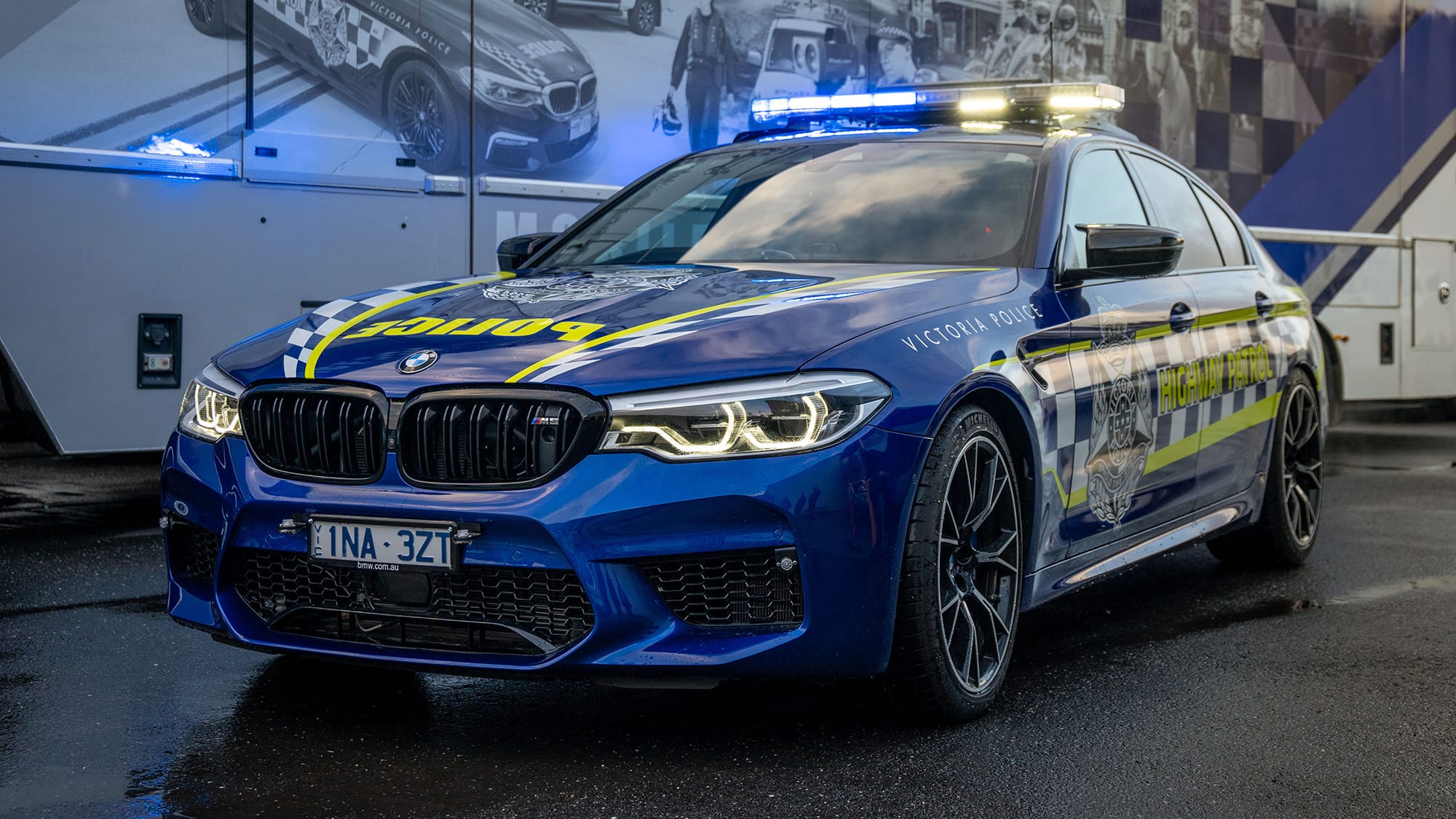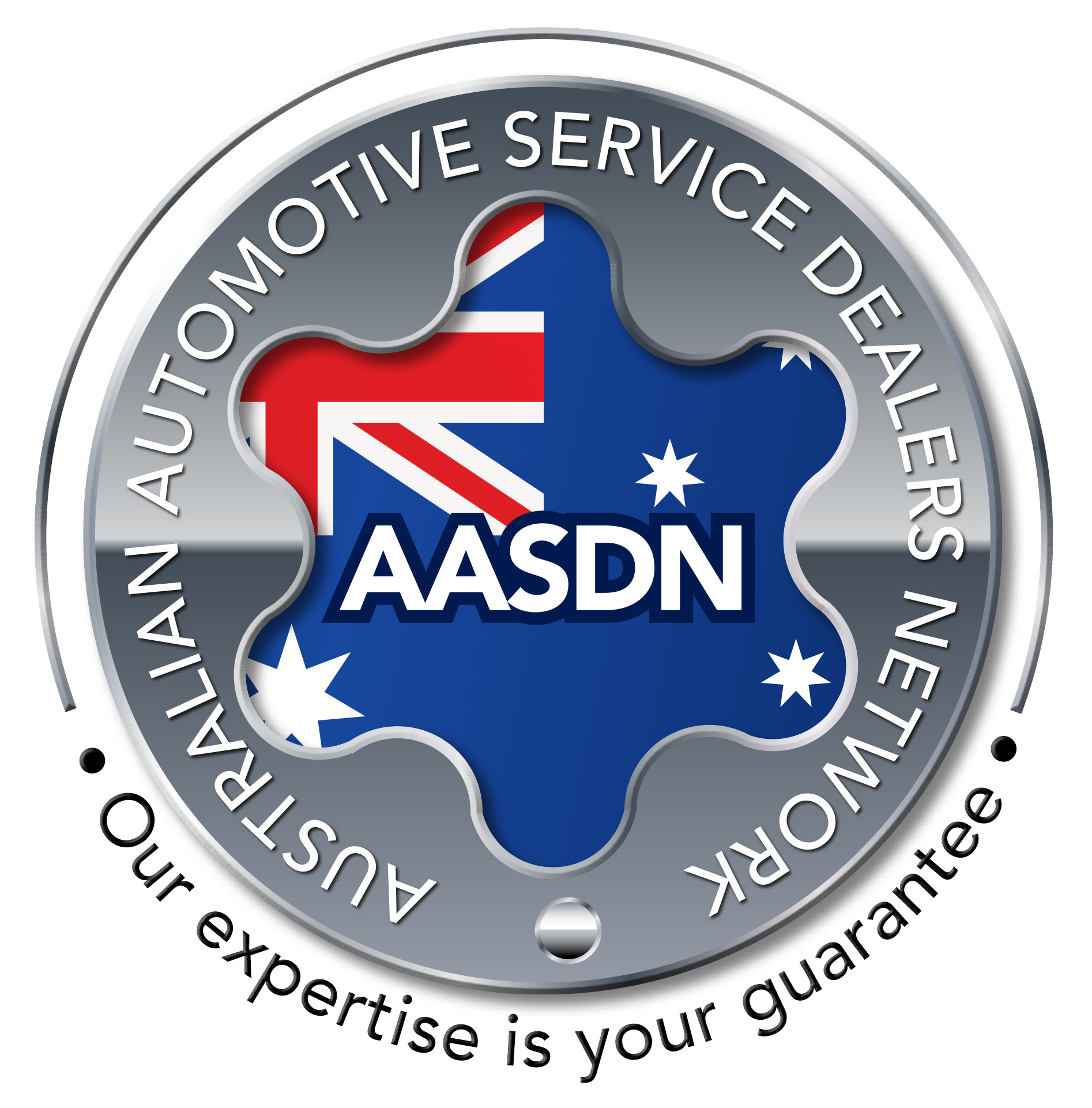Highway Patrol Moves To Euro
The sight of a Highway Patrol vehicle when you’re driving will inevitably make you nervous, even if you are a contentious driver and are not doing anything wrong. With the sheer number of roads throughout Australia and more motorists occupying them each and every day, it is hard to deny that the roads aren’t in need of the Highway Patrol division. According to the NSW Police Force, the Traffic & Highway Patrol Command is responsible and accountable for “the development and dissemination of advice on all matters relating to traffic policy, development, enforcement, education and road trauma”, essentially they are the Road Police ensuring that we stick to the speed limits, share the road with sober drivers and do the heavy lifting in the unfortunate incident of a road collision.
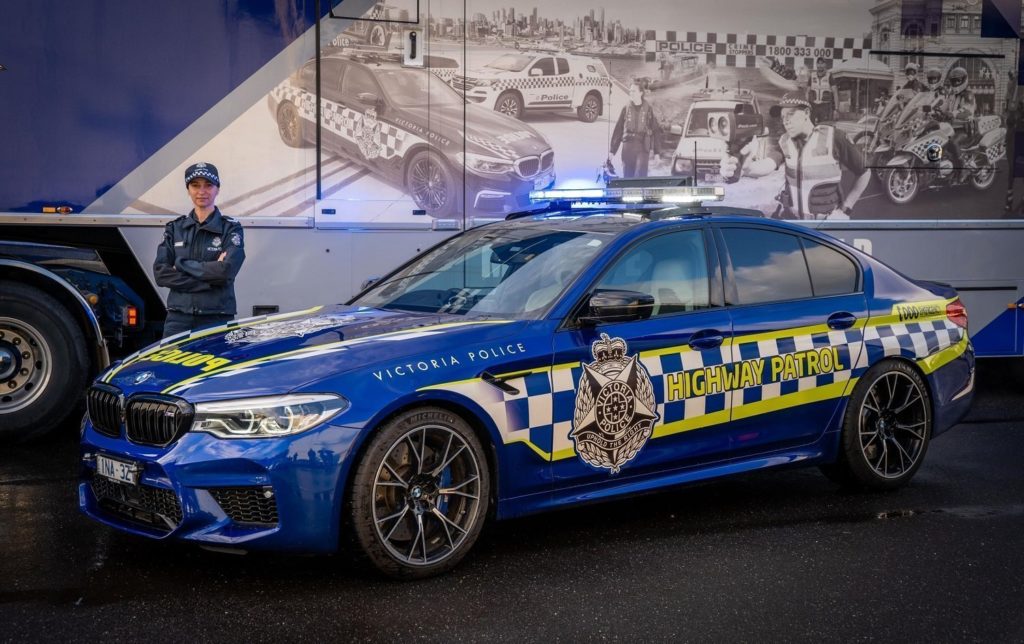
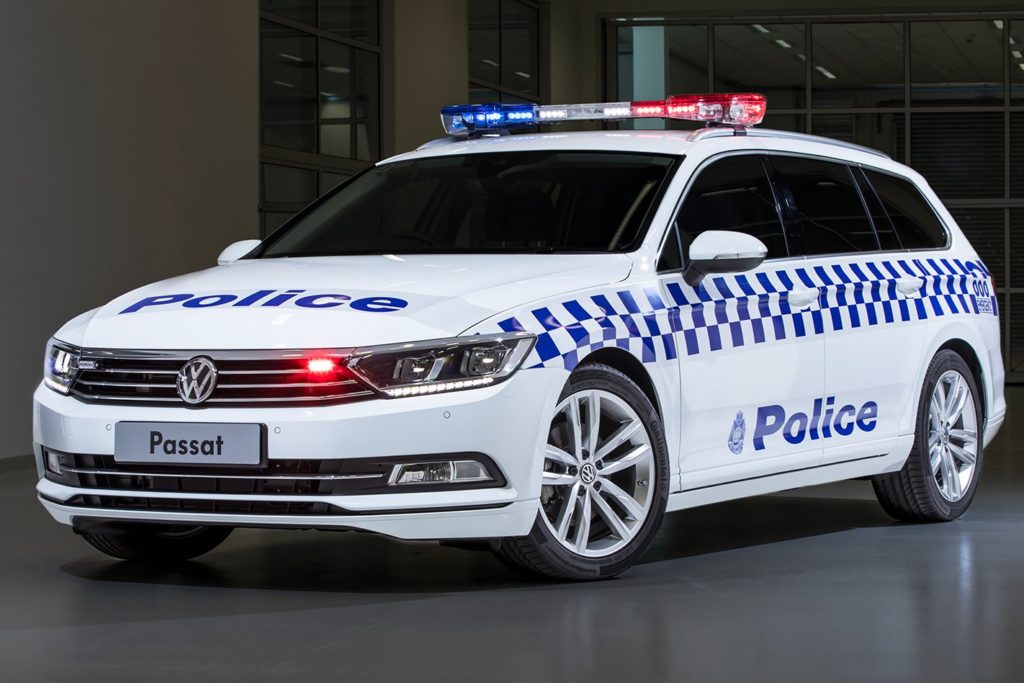
The Highway Patrol officers are mostly known for the cars they drive. Depending on how long you have been on Australian roads for, you may remember a Highway Patrol vehicle a fairly standard looking Police vehicle with a single rotating blue light affixed to its roof. If you’ve been on the roads for a few less years, you may know of them as brightly coloured large sedans with plenty of reflective sign writing and incredibly bright flashing lights. Regardless, up until late last year you would always remember them as an Australian built car no matter which part of Australia you reside in.
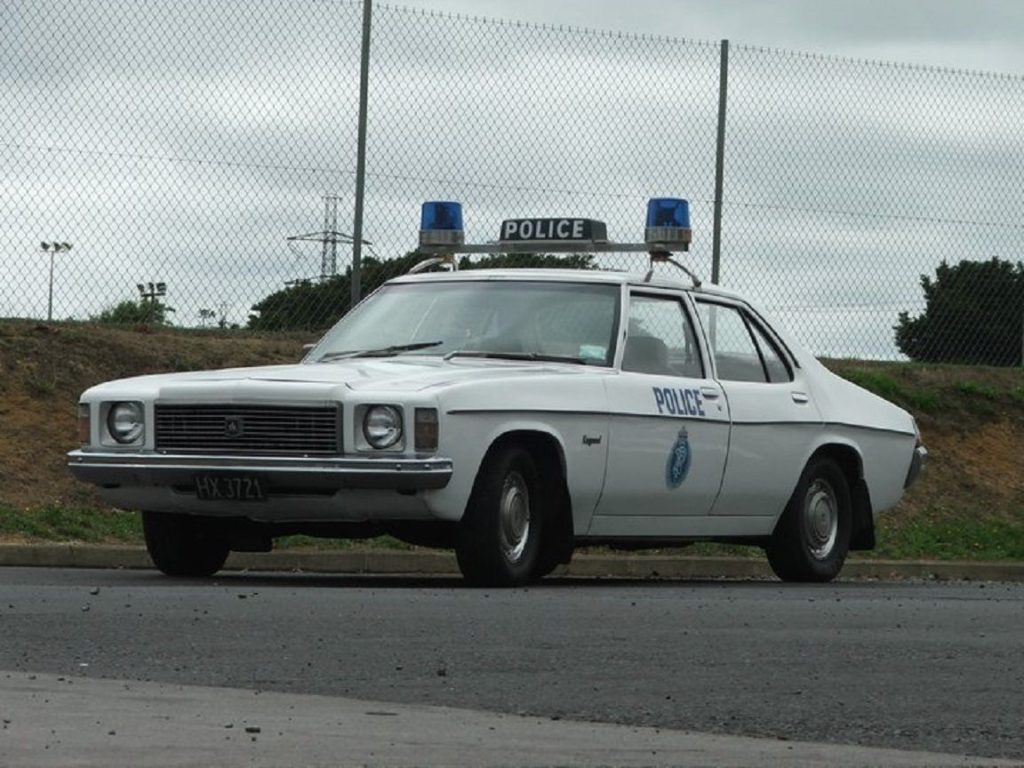
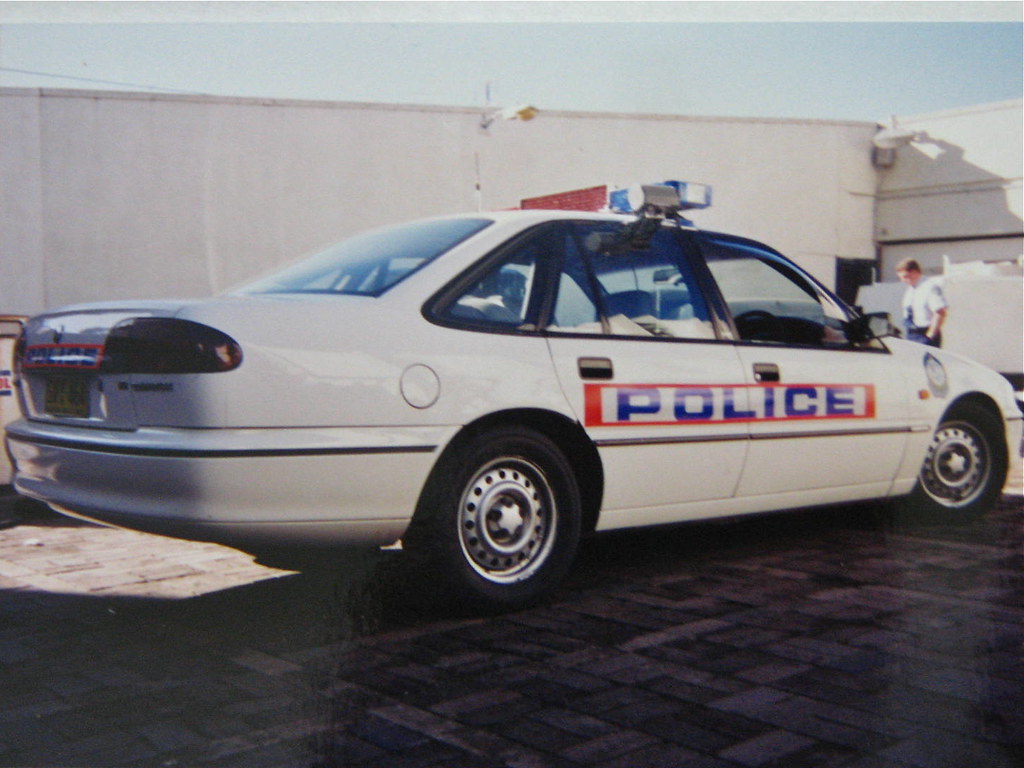
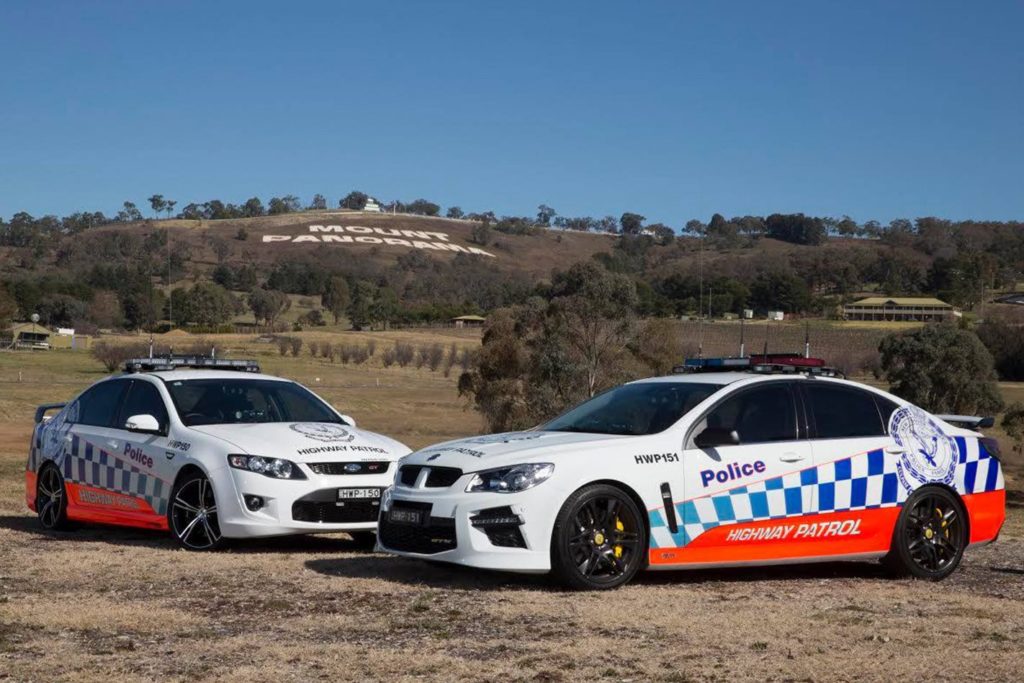
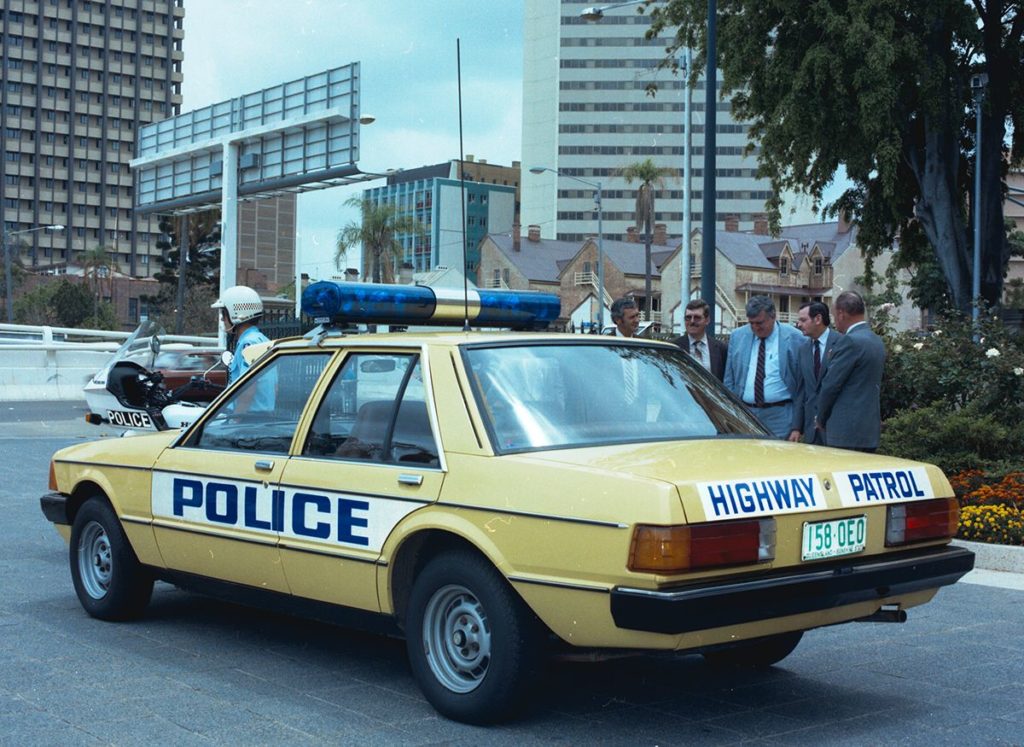
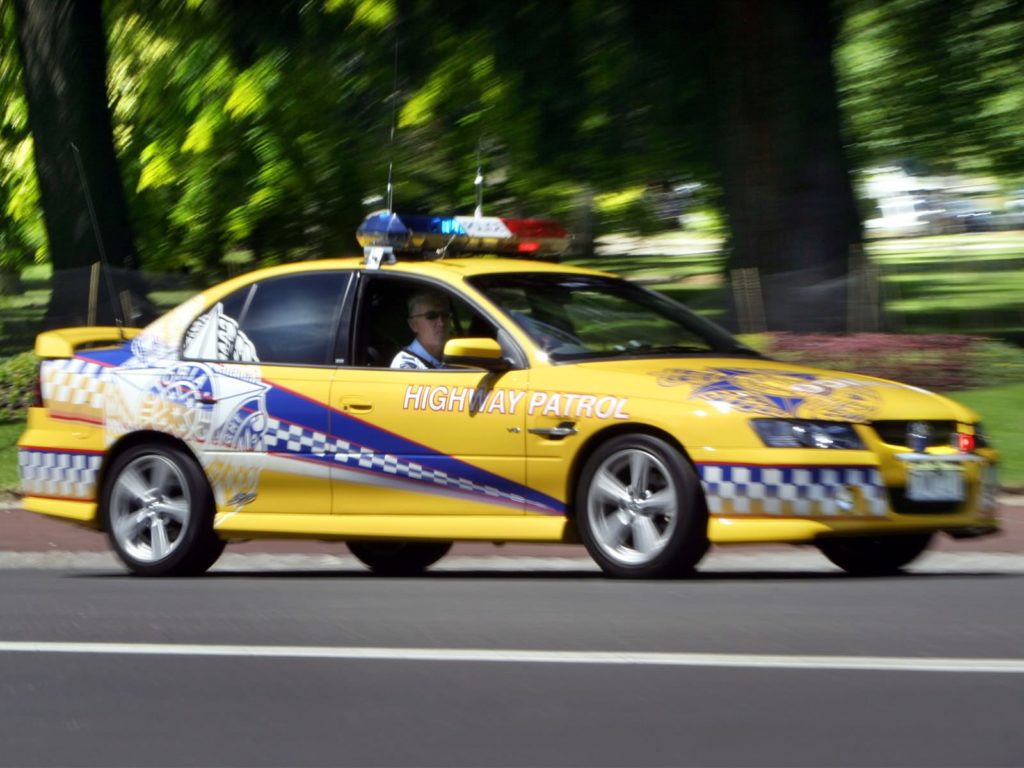
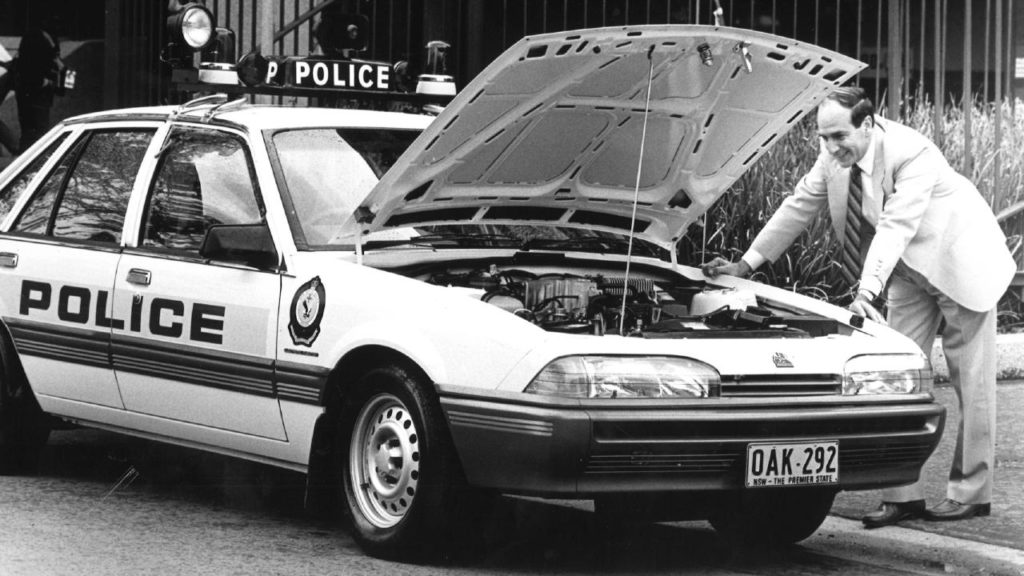
The Police Force around Australia has relied on Australian built cars to get around for as long as we were manufacturing in this country. However, the Highway Patrol cars that we know really started to come to form with the cars known as “Candy Cars” – XA GT Ford Falcons with brightly coloured stickers from the early 1970s started roaming the streets with the design meant to provide greater visibility of Police while on the streets. The GT Falcons were picked due to the performance of its engine, stability of its suspension and braking forces allowing the Police members to keep up with any situation thrown at them. This inevitably started a trend for Highway Patrol cars, and as time passed the Highway Patrol cars stayed as high performance Australian sedans such as Holden Commodore SS’s and Ford Falcon XR6 Turbo / XR8’s in brightly coloured paint jobs and covered in reflective stickers. As vehicle technology got better for both performance and safety, the Government ensured that the Police members received the best possible equipment to keep them out of danger.
As we are sure you are aware, at the end of 2017 all Australian vehicle manufacturing had come to an end and now that the manufacturing of cars has ceased in this country, our government agencies have had to look to other markets worldwide to source their vehicles – including their now performance and safety oriented Highway Patrol cars. After rigorous testing for quite a number of years and with many different vehicles, many states have now settled with the luxury European brands BMW and Mercedes-Benz for the majority of their Highway Patrol cars – much to the surprise of the Australian public. Both brands have been synonymous for many years in Australia as up-market and luxury brands, and with starting prices above $100,000 for the mainstream BMW 530d and Mercedes-Benz E350d it raised a few taxpayer eyebrows.
When looking for a suitable Highway Patrol vehicle to replace the Commodore and Falcon, the Government turned to other parts of the globe with similar land sizes and requirements as Australia for inspiration. NSW’s Assistant Commissioner Michael Corboy says that safety was a key priority for police when searching for new cars. At the launch of their BMW 530d fleet, he said “The safety of our police officers and the community they serve is our top priority, and these vehicles demonstrated the safety levels meeting our requirements. Equally as important, the platform of the vehicles supports the state of the art technology that is key to the government’s focus on reducing the incidents of road trauma across New South Wales.”
So whilst safety and technology is an important factor for choosing a new police fleet, how can the purchase prices be justified to the every day tax payer? The key lies within globalisation.
Most European countries have been using BMW and Mercedes-Benz product for police duties – including their equivalent of Highway Patrol – for many years. These German vehicle marques have models that are specifically built from scratch to be police vehicles, and as such remove many standard luxury items that are not required by police officers to conduct their duties. This may include real leather interiors, high end sound systems, a sunroof, digital gauge clusters, metallic paint, larger wheels, heated seats, mobile app integration and more. It is worth noting that while the Australian-built police vehicles did have a “Police Package” for some models, this usually involved adding more equipment into a vehicle rather than stripping it out at the production line like the German vehicles.
The Australian government divisions, working through the local Australian arms of BMW and Mercedes-Benz managed to bypass the standard Australian luxury specifications for their vehicles and secure the globalised police models that are in use throughout Europe and the United Kingdom, bringing the purchase price of these models – which are far more superior in safety and technology – to a similar purchase price as the Australian built models. By the time the vehicles are then homologised with the standard police technology such as number plate scanners, Australian specification lights and sirens, radio and back-to-base computer systems, the cost to the taxpayer is comparable to the old Australian built vehicles.
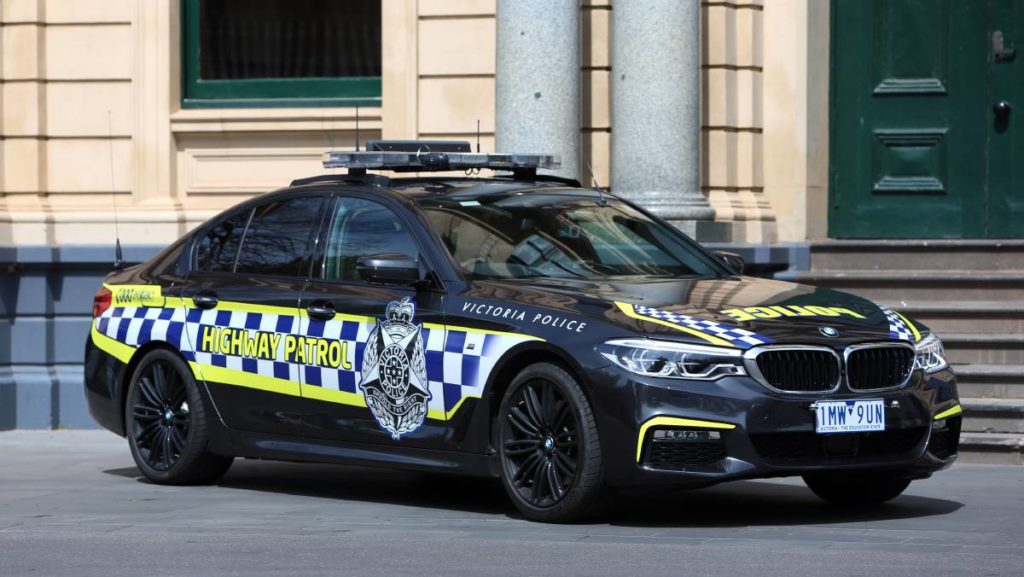
BMW Group Australia’s CEO Marc Werner says “We are honoured by our association with the New South Wales Police Force and Victoria Police and delighted that our officers will be driving BMW’s safe, efficient and dynamically superior vehicles. Globally, the BMW Group supplies emergency and authority vehicles to a large number of countries, so I am very pleased to see our brand continue this proud tradition in Australia.”
It is then worth noting running costs – particularly with fuel. The BMW 530d uses a claimed 4.7L/100km on combined cycle, which is almost half of the fuel costs of the outgoing VF Holden Commodore V6 at 9.1L/100km and V8 at 12.9L/100km. With Highway Patrol cars on the road constantly, these savings will add up pretty quickly over the standard vehicle life cycle.
We will continue to see European vehicles being used and tested for police duties, with some also on consignment from BMW such as the new BMW M5 Competition and also from Mercedes-Benz such as the Mercedes-AMG GLE63s Coupe – which are not actually purchased by the government for duties.
As we look back on the “Candy Cars” and Australian built police cars it is hard not to feel a sense of pride, after all Australian built cars carried our police officers for decade after decade. But as the Australian car parc changes and more Australians drive European cars, we can rest easy knowing that our police officers are driving safe, reliable and comparatively affordable European cars too.
